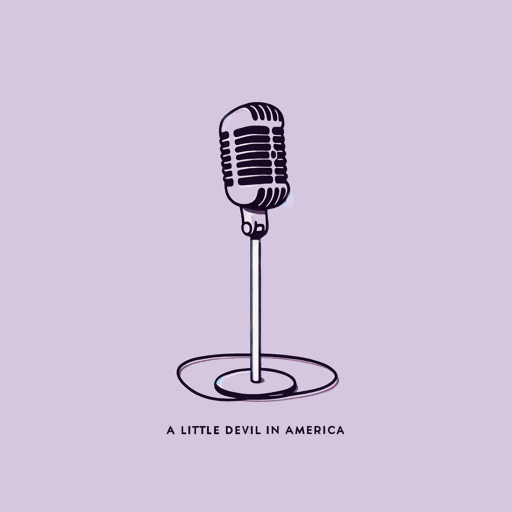57 pages • 1 hour read
Hanif AbdurraqibThey Can't Kill Us Until They Kill Us
Nonfiction | Essay Collection | Adult | Published in 2017A modern alternative to SparkNotes and CliffsNotes, SuperSummary offers high-quality Study Guides with detailed chapter summaries and analysis of major themes, characters, and more.
Part 2Chapter Summaries & Analyses
Part 2, Essay 1 Summary: “Rehearsals for his All-Star Game performance had been rocky. People feared that he wouldn’t show on time to sing. He arrived late to the arena, disheveled and anxious.”
Abdurraqib praises Gaye’s album What’s Going On for assessing America’s problems frankly and posing few definite solutions. Abdurraqib hypothesizes that Gaye realized that “Blackness and labor have been inextricable in America for hundreds of years” (47), transforming Gaye’s understanding of what it meant to be an artist; rather than an exception to this rule, Abdurraqib suggests, Gaye must have understood that his art was itself a form of labor and that he consequently was subject to the same systems that oppressed all Black Americans. Abdurraqib believes that recognizing this led Gaye to become a new type of artist.
Part 2, Essay 2 Summary: “I Wasn’t Brought Here, I Was Born: Surviving Punk Rock Long Enough to Find Afropunk”
Abdurraqib discusses racism in the punk rock scene, which makes little space for people of color: “[T]he choice […] for non-white men is a choice between being tokenized, or being invisible” (52). He began to gravitate toward the Afropunk scene, which felt more inclusive and community-centered. The essay ends with Abdurraqib observing a Black boy at a punk concert passing out in the mosh pit and being trampled on. He wonders now what he would have said to the boy if he saw him after the show and thinks he would encourage him to make a space for people of color.
Related Titles
By Hanif Abdurraqib



